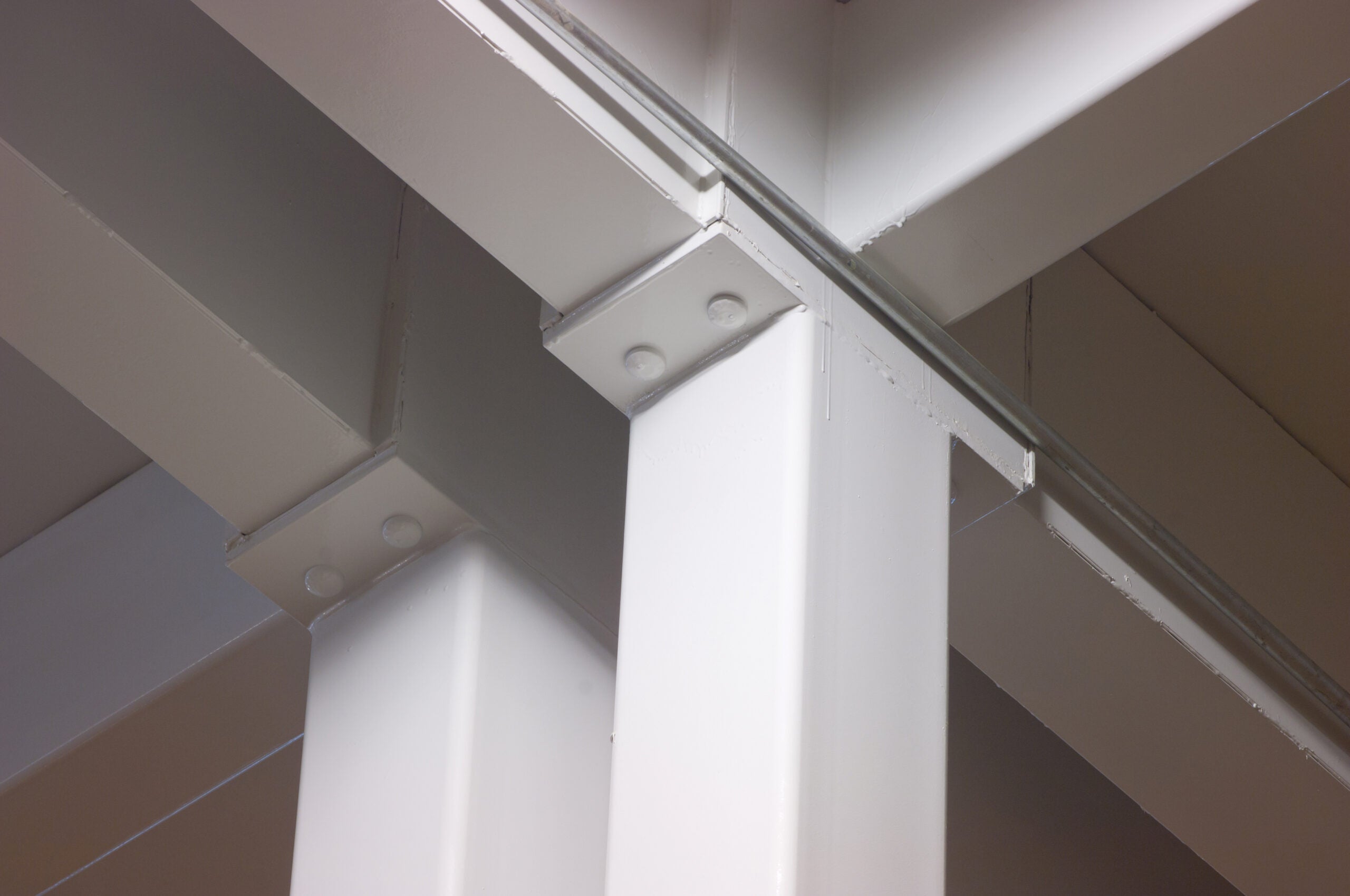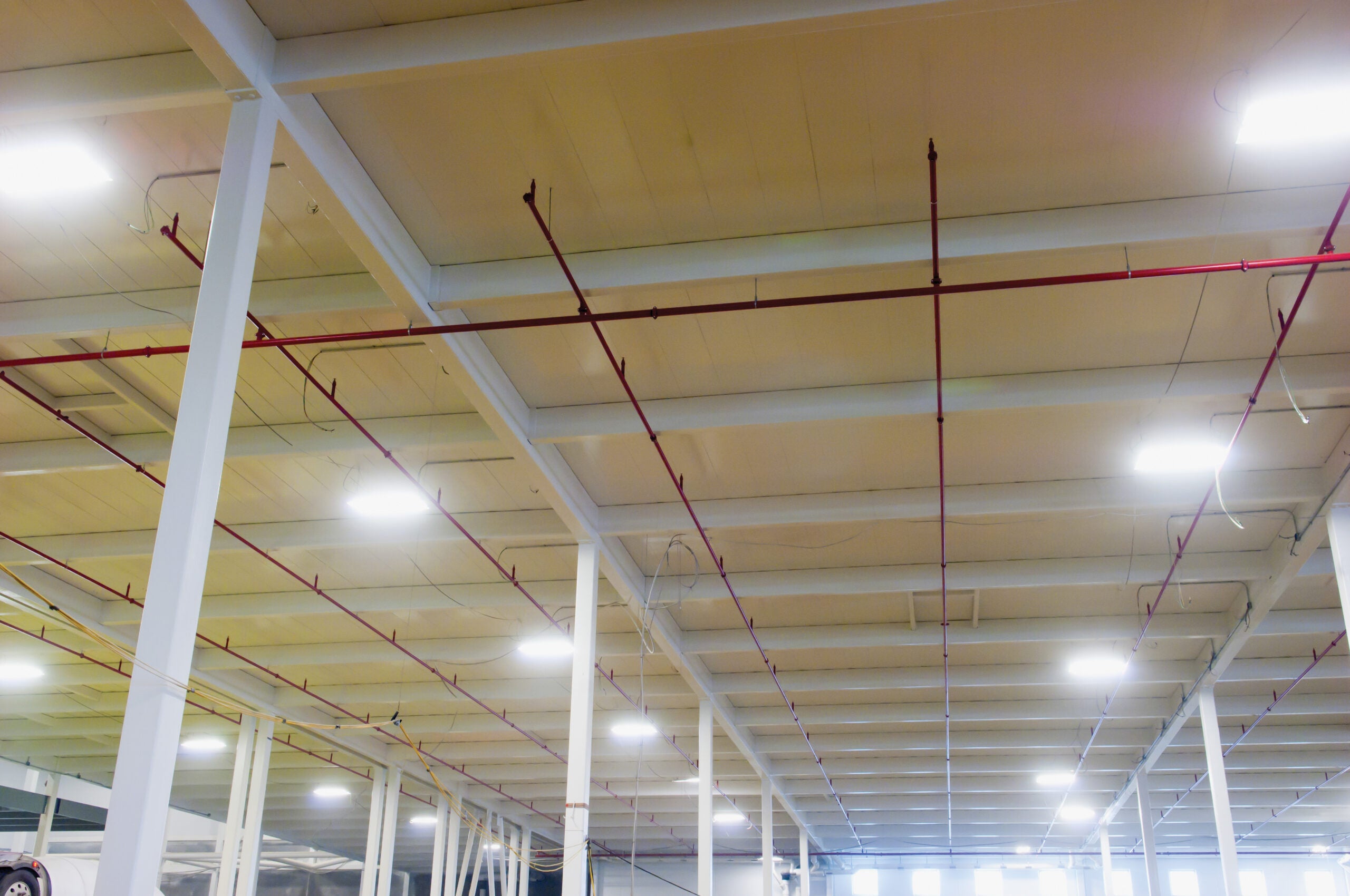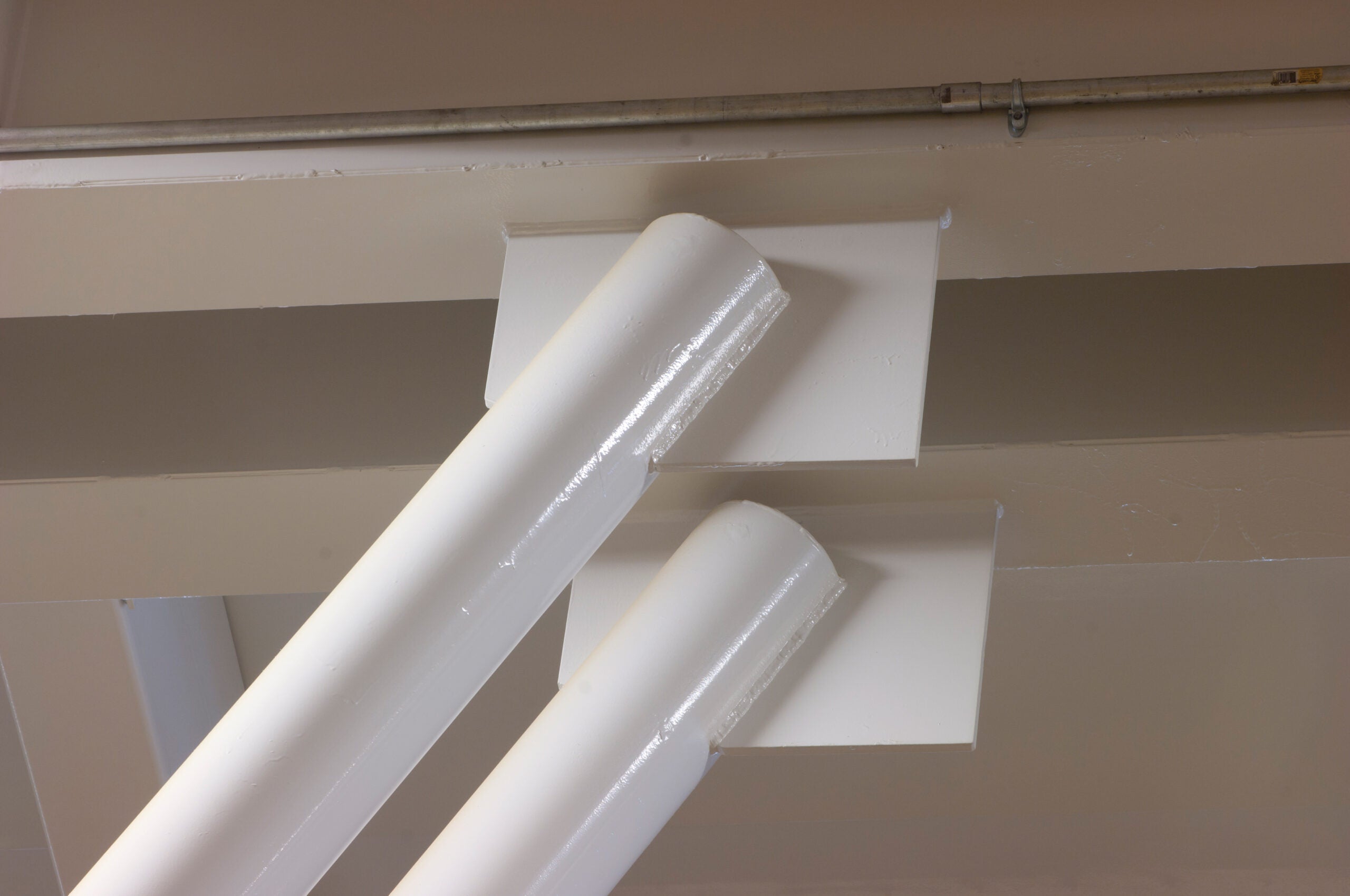In 2011, Atlas Tube partnered with a food processing manufacturer to build a state-of-the-art $250 million manufacturing plant in Topeka, Kansas, using hollow structural sections (HSS). Because of the specific performance requirements needed of the project materials, Atlas Tube — the industry leader of HSS products — was the obvious choice.
Advantages of HSS
The main driver behind using Atlas HSS on the project was to provide a “clean” design for the facility. The owner did not want any spaces where bacteria could collect in inaccessible areas, so limiting or eliminating horizontal surfaces on framing members was a must. The easy-to-wipe framing surfaces made HSS closed sections the optimal choice for the project. Some alternatives to HSS (wide flange members with shop- or field-attached skirt plates, built-up box sections with steel plates, etc.) were considered, but these called for high fabrication costs compared to the cost-effective HSS.
During the project, Atlas HSS members of all sizes up to 20 x 12 were utilized for columns, roof purlins, floor purlins and process platform framing. Although HSS were the preferred choice, wide flange sections were used where large spans and / or high load capacities required larger sizes than 20 x 12. In this case, the engineer (OES) and fabrication engineer (International Design Services Inc.) collaborated to ensure the connections would work.
Alternatives to HSS were considered, but resulted in high fabrication costs compared to HSS.
Atlas Tube Delivers
Using HSS in a project like this presented some challenges, so the engineers adjusted their thinking and methodology accordingly. One major challenge was in regard to connections for HSS members. Exposed bolted connections were not cohesive with the owner’s vision for a clean design. Originally, all connections were specified to be field or shop welded, but with input from the steel fabricator (Kansas City Structural Steel), numerous bolted options were developed and hidden with skirt plates. Where these bolted options could not be achieved, welding was required.
Another challenge was addressing how other disciplines could attach ancillary support members, piping, etc. directly to the HSS and wide flange with skirts. The shape of these members, combined with the clean requirements, restricted the attachment methods. As a result, a lot of field welding was required for secondary support systems during the project. Thanks to the inherent ease of use and aesthetic appeal of HSS, this food processing and manufacturing plant was able to achieve the clean design look it was aiming for at an affordable price with Atlas Tube.
FAQs
- Why were hollow structural sections (HSS) chosen for this project?
HSS provides surfaces that are easy to finish and clean, minimizing areas where dust and bacteria could collect. Using closed sections helped eliminate horizontal surfaces on framing members. - Were there any challenges encountered with HSS connections?
Exposed bolted connections conflicted with the clean design vision, so hidden bolted options with skirt plates were used to maintain aesthetics. - What sizes of HSS were used in the project?
HSS sizes up to 20 x 12 were utilized for columns, roof purlins, floor purlins, and process platform framing. - How were secondary support systems attached to HSS?
Due to the clean design requirements, field welding was primarily used for attaching ancillary support members and piping. - What was the project’s overall goal?
To create a state-of-the-art, $250 million manufacturing plant with a clean, efficient, and cost-effective design using HSS.



